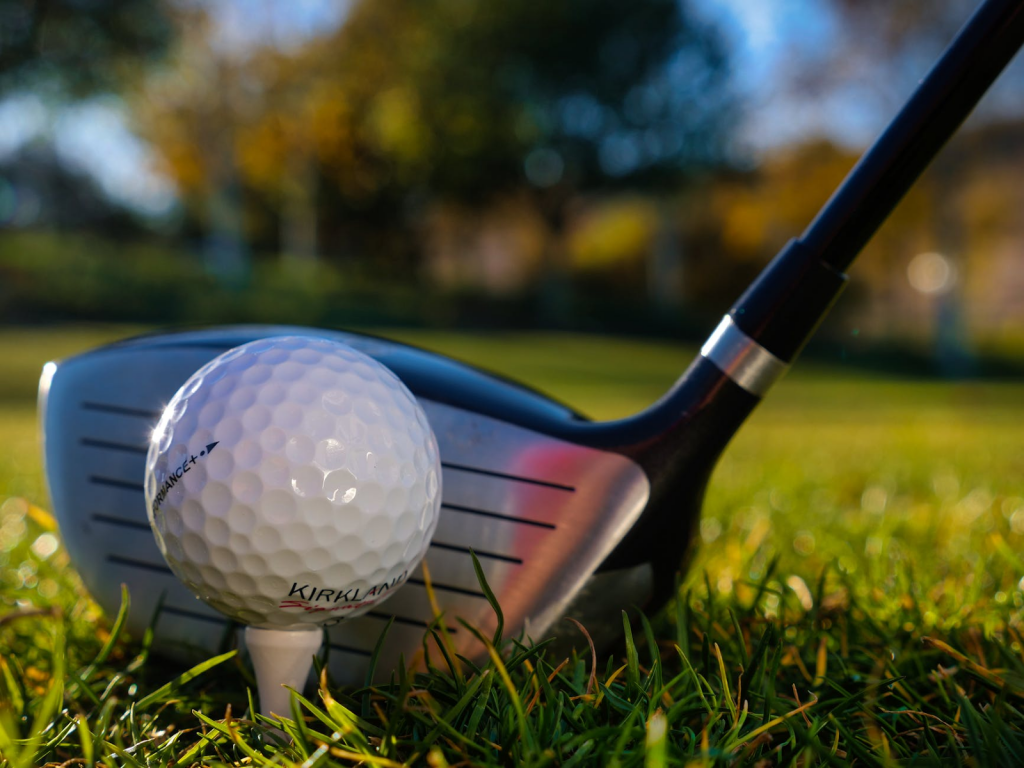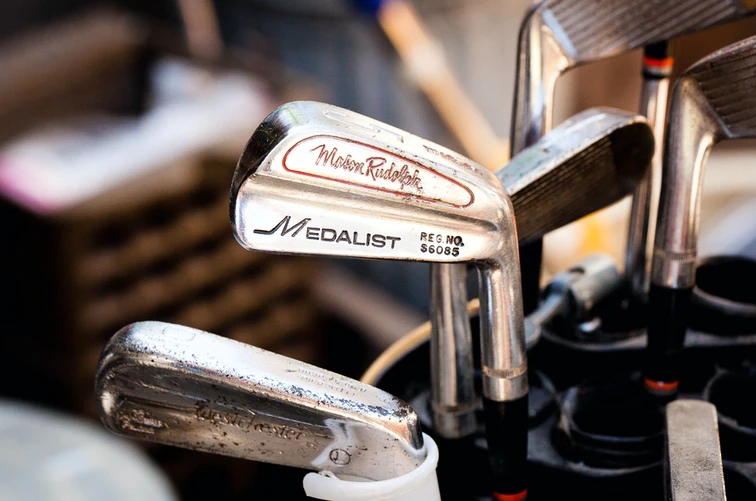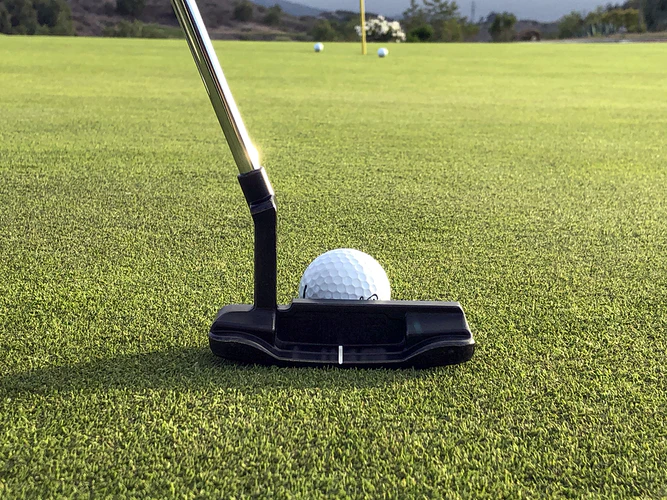Buying a set of golf clubs can be very intimidating, especially if you are a beginner with minimal knowledge of golfing and your skills. The fact that the market is flooded with all sorts of golfing clubs makes it even harder to pick the right ones.
In this guide, we will discuss the most common types of golf clubs and some of the features you need to look for when making your purchase.
Drivers

Drivers are simply designed to help players hit the ball as far as possible. Therefore, they usually have the highest average distance of any type of golf club. However, the distance the balls will travel will ultimately depend on your swing and skill level. An experienced female golfer with a high swing speed will get a longer distance using drivers than a female player with a slow or average swing. The same thing applies to male golfers.
Drivers are typically made of carbon, titanium, or steel composites. Carbon and titanium drivers are the most popular choices as they are lighter than steel composites.
It’s also important to look at the size of the clubhead. This is usually measured in cubic centimeters, with 460cc being the biggest driver head allowed. The bigger the driver’s head, the more forgiving the club. In other words, since the head is too big, the club will almost always make decent contact with your ball even when your swing is horrible. This is one of the reasons why big clubheads are popular among beginners.
A 440cc driver head is the better choice for skilled golfers since it makes the club lighter and easier to control.
Irons

Iron clubs offer extensive functionality. They can be used for short and mid-range shots, chip shots around the green, and rough or sand shots.
Iron clubs come in sets containing several clubs of different lofts. The typical set will have 4-, 5-, 6-, 7-, 8-, and 9-irons. The higher the number, the higher the loft. You may also receive a pitching wedge and an approach or gap wedge in the irons set.
An iron club with a low loft delivers low flight and long-distance shots. Meanwhile, a club with a higher loft angle like the sand wedge produces high flight but with limited distance. Therefore, the appropriate iron club to use will always depend on the play you are making.
Iron clubs are usually made with a steel or graphite shaft. Steel shafts are durable, cheaper, and provide consistent torque and flex. Graphite clubs are more expensive, but they are lighter and do a better job absorbing vibration.
The heads on these clubs feature deep grooves that increase backspin, helping you control your shots more accurately.
You should know that iron clubs are weighted differently to serve different needs. For instance, perimeter-weighted iron clubs make getting the ball airborne an effortless task. This is achieved by making the perimeter of the head slightly heavy.
Woods
Wood clubs are numbered just like irons. They start at 3 and can go beyond 9. Like irons, the higher the number, the greater the loft. Also, the shot flight increases and the range decreases as the loft angle goes up.
With that in mind, you can use a wood club off the tee or replace some of the long irons in your golf bag.
Wood clubs are available with a neutral, draw, and offset clubhead designs to minimize “ball slicing.” The heads are made of steel, titanium, or composite material. Steel clubheads are inexpensive and durable, but they’re nowhere as light as titanium heads. Composite clubheads are made of several materials. They’re great at fixing off-center hits.
As for the shafts, you’ll have to choose between graphite and steel materials.
Wedge
Aside from pitching wedge, which comes with irons, most wedge clubs are usually sold separately. They’re designed to produce more spin with higher accuracy.
Below are common wedges and their uses:
- Pitching wedge – PW has a loft angle of between 43-47 degrees. It’s used around 100 yards into the green.
- Sand wedge – SW has a loft of 54-58 degrees. It’s handy for greenside bunker shots. It also makes incredible pitch and chip shots. Sand wedges are designed with a vital bounce feature that displaces sand to prevent the club from digging into the rough or sand.
- Approach wedge – Also known as Gap Wedge, this club has a loft of between 48 and 52 degrees. It’s used in the rough or fairway to make partial and full shots.
- Lob wedge – The clubs have a high loft (60-64 degrees), making them a great choice for when you want a high flight short shot.
Putter

Most golfers, including pros, argue that the putter is the most important club in your bag. The golf club is used to roll the ball into the hole when in the green.
Putter clubs are designed with a flat club face, low loft, squared or flat grips, and a firm steel shaft.
There are two common types of putter heads:
